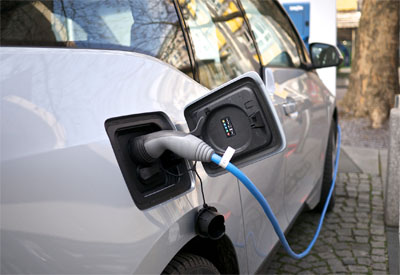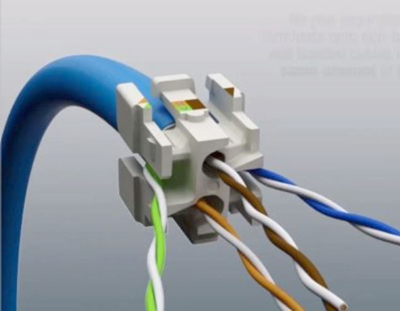Energy Independent Vehicles Key to Solving Grid Problems

August 23, 2017
Smart charging of electric vehicles could substantially decrease the pressure on electrical grids at peak times, according to a future energy scenarios report published by the UK National Grid.
According to the report, the peak impact of electric cars in the UK will be equivalent to capacity of six nuclear plants. Smart charging could substantially reduce pressure on the system at peak times, reducing additional demand from electric vehicles to 3.5GW by 2030 from a potential scenario of 8GW of additional demand without the technology.
Eighteen gigawatts of extra demand for electricity is projected at peak times by 2050. However, this ignores the many ways in which the real world implementation will be very different.
Dr Peter Harrop, lead author of the IDTechEx research report, Energy Independent Electric Vehicles Land, Water, Air 2017-2037 advises, “Well before 2050, energy independent vehicles being developed by Toyota, Tesla and others will bypass national grids altogether and sell in large numbers. Hanergy and Sono Motors even promise mainstream solar-only cars by 2020 and even if they fail, others are on the job, some with particularly power rich designs employing wind energy as well when the vehicle is parked. Earlier than that, roadside solar charging stations are catching on as they improve efficiency, modularity, affordability and ability to incorporate wind power. That means entirely or mainly off-grid supply: you can even see them in Malta. Another offsetting factor is the immediate availability of smart charging… that would power up car batteries at times when electricity networks can cope. Rapidly increasing range of electric vehicles creates much more freedom concerning when and where to charge, including from off-grid energy-independent houses. Six nuclear plants? It is just not going to happen. It is even arguable that no extra grid supply will be required.”
National Grid analyzed the potential impact on demand at busy times of the day, such as after working hours, if forecasts for rapid growth in electric vehicles by 2050 are realized. The UK government has said it plans all electric by 2050, which is a politician’s way of kicking an issue into the long grass: several other countries pitch 2030 or 2040.
The National Grid study follows several developments that suggest the growth in electric vehicles might accelerate dramatically over the coming decades. Analysts at IDTechEx agree with a tipping point approaching, not least as up front vehicle price parity occurs. Harrop thinks it is fair that the National Grid presumes that electric vehicle sales could account for more than 90% of all cars in the UK by 2050, with one million on Britain’s roads by the early 2020s and as many as nine million by 2030.
Global forecasts are a little more conservative. A Morgan Stanley report predicts 69% percent market penetration by 2050.*
Industry experts and operators of local electricity networks, to which the majority of vehicle chargers will be connected, have warned that to avoid costly upgrades to grid infrastructure, drivers will have to become used to the idea they may not always be able to power up their cars immediately. However, only analyst IDTechEx factors energy independent vehicles into its forecasts.
IDTechEx is staging the world’s first conference and exhibition on energy independent electric vehicles September 27-28 in Delft, Netherlands. This event will embrace the commercial opportunity and technology roadmap of the vehicles by land, water and air and their enabling technologies.
* “Batteries May Power Future of Auto Industry,” https://www.morganstanley.com/ideas/electric-cars-sales-growth
Image Source: http://www.bmwblog.com/2015/04/08/choosing-the-right-home-charging-solution-for-your-electric-car/

















